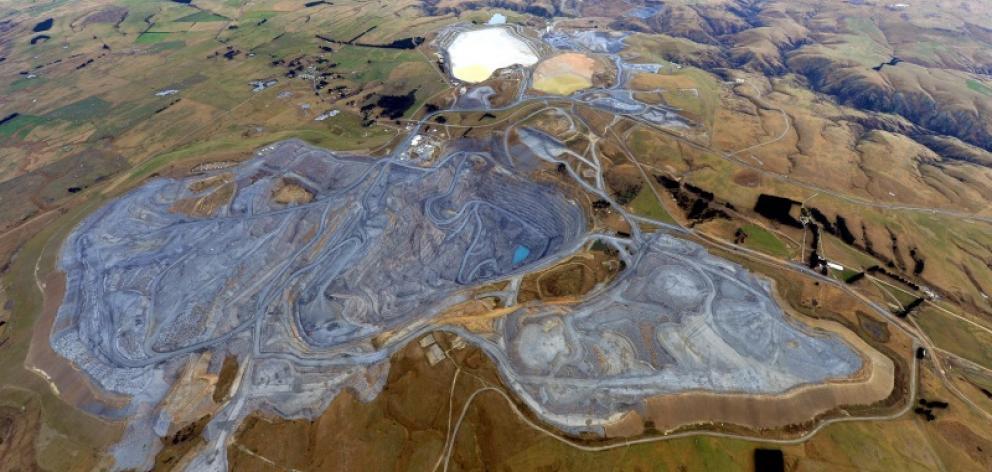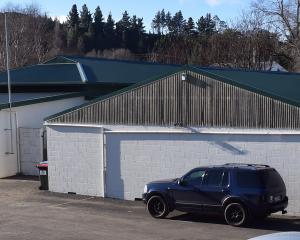
Company general manager Dale Oram told a resource consent hearing in Dunedin there were"unavoidable effects on significant values'' in the area's environment, but the company would provide mitigation and compensation, and would comply with any consent conditions.
Mr Oram also indicated there was more gold in the area the company might consider mining.
Oceana wants to open a new pit, Coronation North, in what could prompt a two-to-three-year mine life extension at Macraes, in East Otago.
It has applied to construct the 63ha Coronation North, extend the existing Coronation pit to 85ha and build a waste rock stack of up to 202 million tonnes, covering 197ha.
The company also wants a dam at Coal Creek.
Because of boundary overlaps, it needs resource consent from the Otago Regional Council, Waitaki District Council and Dunedin City Council. The process is being collated and overseen by the ORC, to avoid three resource consent hearings.
The hearing, which is expected to last four days, opened at the Municipal Chambers yesterday before chairman Dr Brent Cowie and commissioners Colin Weatherall and Waitaki councillor Peter Garvan.
Across all submissions to the three councils, there were four parties opposing the application, although Mr Oram said some might be withdrawn.
There were also three neutral submissions and two in favour.
He told the hearing "gold is where you find it'' and that was where the activity had to be.
He said Macraes mine processed nearly six million tonnes of ore a year, and as the largest producing gold mine in New Zealand contributed significantly to the local, regional and national economy.
He asked the hearings committee to grant consents for the project to proceed without delay.
During questions by Dr Cowie, Mr Oram indicated there could be more extensions to the mine.
"Macraes goldfield is a world-class goldfield. It's a matter of finding it.''
Mr Oram said there was a corridor of land at the site that "you could not put your hand on your heart and say there's no gold there''.
Asked by Dr Cowie if that meant there probably was gold there, Mr Oram said that was correct.
Oceana lawyer Stephen Christensen said exploration success meant the mining in the Coronation area was a major focus for the company.
Discharges from the mine would be managed so effects on the aquatic environment would be no more than minor.
Dissolved metals would meet water quality guidelines "most of the time'', except for arsenic, although arsenic levels would fall over time.
If they did not, a treatment plant could be installed.
Construction of the Coal Creek dam and the placement of waste rock would have"a direct physical effect'', but the sites were the best available options.
Mr Christensen said the project would affect ecological values in the area. Those identified included sulphate toxicity on Taieri flathead galaxid and koura, fresh water crayfish.
The Department of Conservation (Doc) lists the galaxid, a small fish, as "nationally vulnerable''.
Mr Christensen said there was no evidence galaxid populations changed in response to water chemistry changes from mining.
Water quality limits set by the ORC had protected populations so far.
Oceana did, however, propose a toxicity study to determine concentrations of sulphate that were toxic to the fish.
The area of development was significant for lizards.
While the impact on lizards was uncertain, the proposal included the creation of a lizard habitat, and $30,000 for research.
Oceana also proposed $200,000 be paid to a DCC-approved agency "for the protection and enhancement of terrestrial ecological values'', including lizards, in the Macraes ecological district.
The company acknowledged the project would remove some koura habitat, and hoped to partner with local runaka to create or enhance habitats elsewhere.
Oceana's evidence continues this morning, with submitters giving evidence in the afternoon.
Tomorrow, Doc will make submissions, while submissions from the three councils will begin on Thursday.












